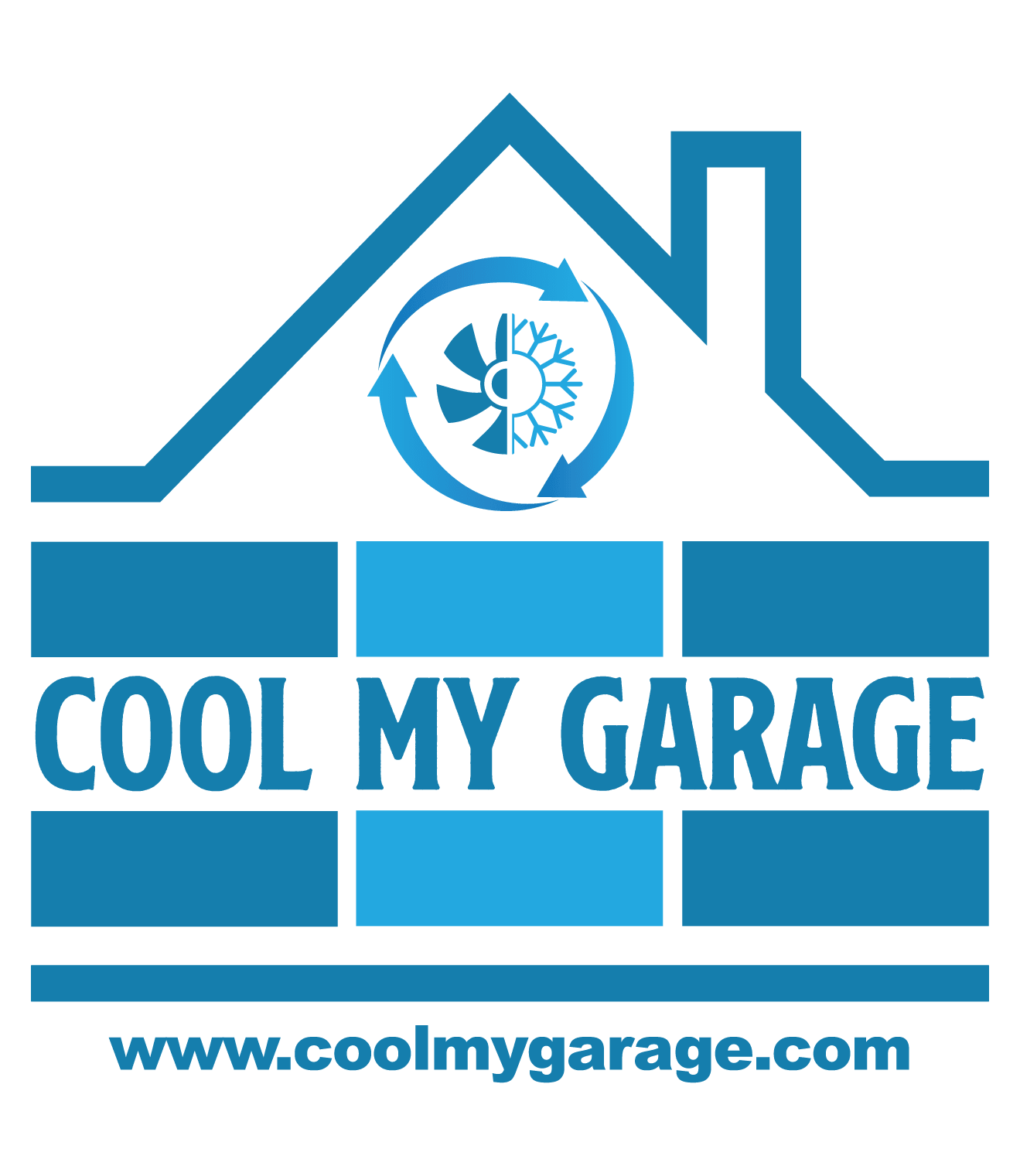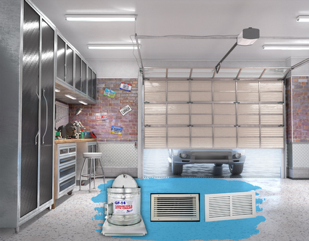As the crisp air of fall gives way to the chill of winter, homeowners often find themselves grappling with the challenge of maintaining a comfortable and healthy environment in their garages. Proper ventilation plays a crucial role in this seasonal transition, ensuring that your garage remains a functional, well-aired space. Let’s explore how you can optimize your garage’s airflow during the colder months.
How do I vent my garage for winter?
Install an Attic Fan for Balanced Air Circulation
Incorporating an attic fan into your garage’s design can dramatically improve air circulation. Even during the colder months, the air inside your garage can become stale. An attic fan helps by expelling the old air and drawing in fresh air from outside, maintaining a balanced and healthy environment.
Ensure Regular Air Exchanges
Regular air exchanges are crucial in preventing the buildup of harmful gasses and moisture, which can be especially prevalent in the winter when doors and windows are often kept shut. A well-installed exhaust system can aid in this process, replacing the indoor air with fresh outdoor air.
Keep Vents Clear and Unobstructed
During winter, ensure that your garage’s vents are clear of any obstructions like snow or debris. Blocked vents can lead to poor air quality and moisture problems, which are detrimental to both your health and your stored items.
What is the proper ventilation for a garage?
Balanced Inflow and Outflow
A well-ventilated garage should have a balance between the air inflow and outflow. This can be achieved through a combination of passive vents and active ventilation systems like fans.
Use of Exhaust Fans
Installing exhaust fans can significantly improve air quality. They help remove contaminated air and regulating temperature.
Consider the Size of Your Garage
The size of your garage dictates the ventilation needs. Larger garages may require more powerful fans or additional vents to ensure adequate air exchange.
How do I keep my garage from getting so cold?
Insulate Your Garage
Proper insulation is key to retaining heat within your garage. Insulate the walls, ceiling, and garage door to prevent heat loss.
Use a Heater
Incorporating a heater can maintain a comfortable temperature inside the garage. There are various options, from electric heaters to more permanent, installed units.
Seal Gaps and Leaks
Check for and seal any gaps or leaks around doors and windows where cold air can enter. Weatherstripping can be an effective solution for this.
Maintain Your Ventilation System
Regular maintenance of your ventilation system is crucial, especially in the colder months. This ensures it operates efficiently and continues to provide adequate airflow.
The Importance of Proper Garage Ventilation in Fall and Winter
- Prevents moisture buildup which can lead to mold and rust.
- Reduces harmful emissions from vehicles and stored chemicals.
- Maintains air quality, crucial for garages used as workshops or living spaces.
- Regulates temperature, keeping the garage from getting too cold.
- Protects stored items from damage due to dampness or cold.
Preparing your garage for the fall and winter months is not just about keeping it warm; it’s about ensuring a healthy, well-ventilated space. By focusing on proper ventilation and temperature control, you can transform your garage into a pleasant and usable area all year round. Remember, a well-ventilated garage is more than just comfortable – it’s a safer, more durable, and more efficient space for you and your family. Learn more at https://www.coolmygarage.com/.

